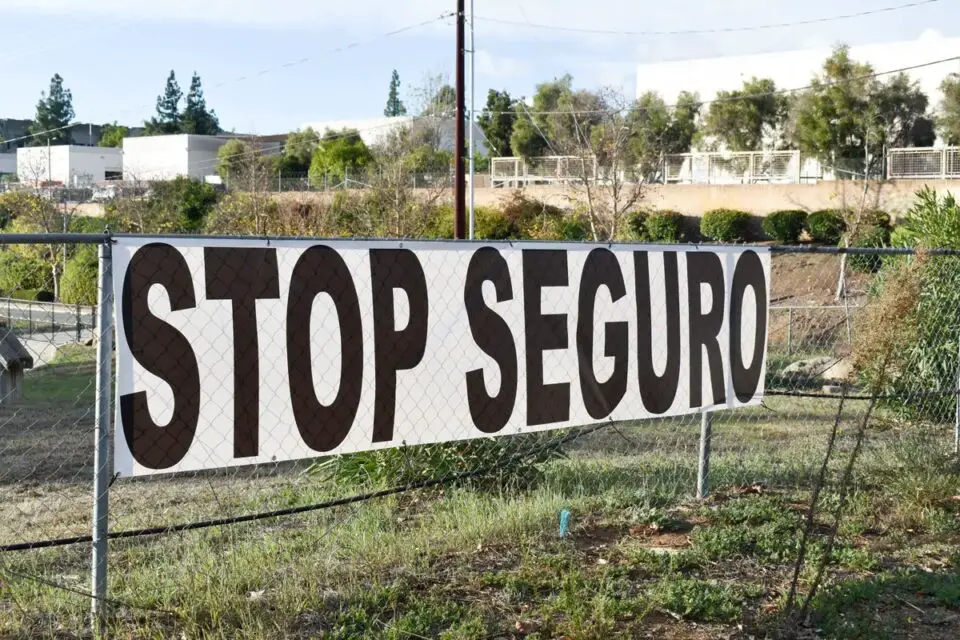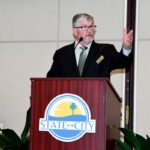REGION — Despite concerted efforts to scale down, refine, and enhance a proposed battery storage facility in the Eden Valley community outside Escondido, neighboring residents remain staunchly opposed to the project due to safety concerns, citing the energy conglomerate’s track record at similar sites.
AES Corporation, a global energy company focusing on developing green energy solutions, has proposed a BESS (Battery Energy Storage System) facility known as the Seguro Energy Storage project on a 22-acre former horse reining arena at 925 Country Club Drive near San Marcos.
Originally, the proposed lithium-ion battery storage facility would have stored 400 megawatts or 1600 megawatt hours of energy generated from renewable resources like solar and wind. It would have been one of the largest in the state, powering up to 300,000 homes for four hours.
After hearing concerns and frustration about the project’s size and potential safety issues from neighboring residents — many of whom live in homes right next to the project — AES downsized the project by 20% to 320 megawatts or 1,280 megawatt hours, which is enough to power 240,000 homes for four hours.
The battery storage facility would connect to the local power grid via a new substation built on site that would connect to the existing nearby 30,000-kilowatt SDG&E Escondido Substation through a transmission line.
Other changes include increasing the project’s setbacks to no less than 36 feet from its boundary, no less than 70 feet from the nearest structure and no less than 130 feet from the nearest home; adding sand-colored block walls and fire-resistant landscaping to improve aesthetics and noise pollution; additional fire hydrants, fire-resistant land; stormwater capture solutions; and a commitment to developing a county trail along the northern and eastern portions of the site.
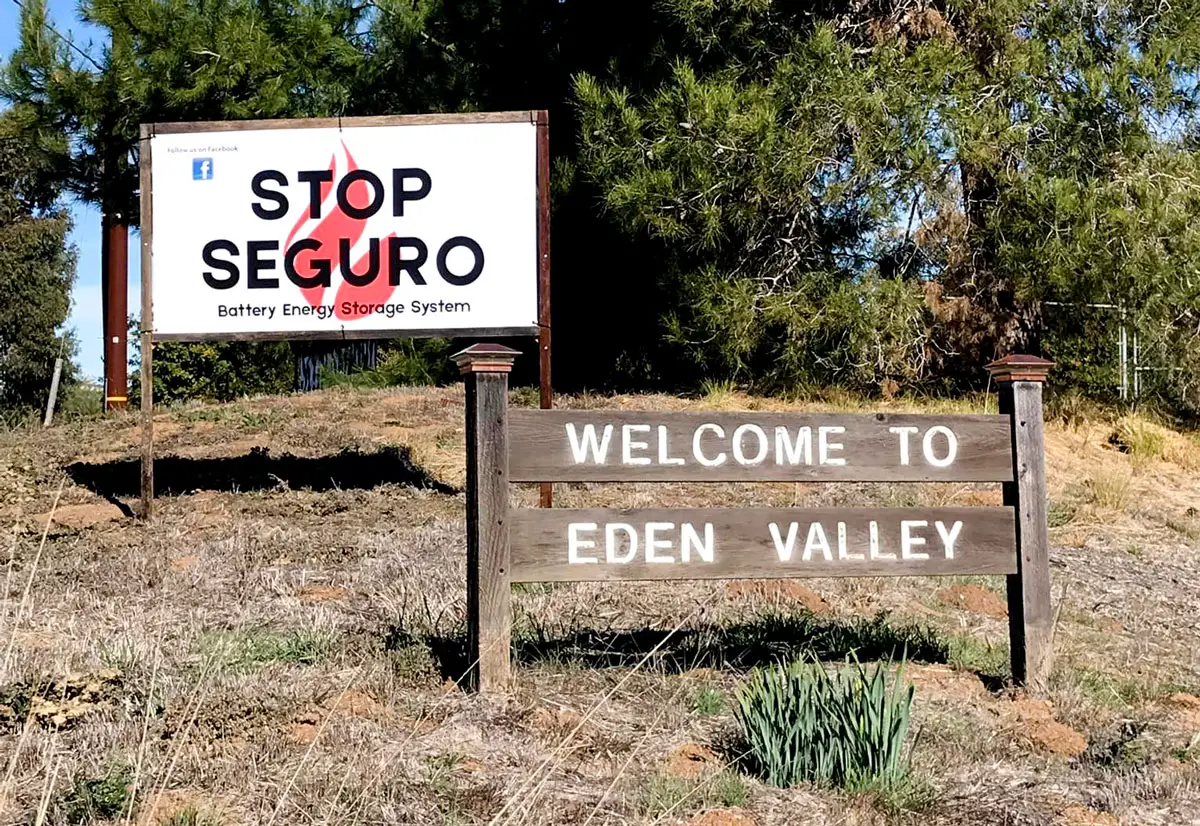
The changes also include making improvements along Milpas Drive, which bifurcates the project, with additional access to Milpas and Country Club Drive.
Despite the attempts to adjust the project, which, according to AES, is about 10% into its development phase, with plans to hear more input from the community in future workshops, many residents are still distrustful of it and would rather nix it completely.
AES held the first three-series workshop on March 21 at the San Marcos Civic Center to provide updates on the project and answer residents’ questions. More than 40 people attended.
Many of the residents’ concerns center around the lithium-ion batteries. They cite past incidents where other storage facilities in the nation — including some owned by AES — have experienced thermal runaway events that caused massive battery fires.
Ashley Robertson Bedard, a nearby resident, said the meeting was a “formality” structured in AES’ favor, suggesting that the answers residents asked were either deflected, omitted or altered by AES staff.
“They downplayed the likelihood of a fire and the severity of toxic gas emissions from lithium-ion batteries. They compared toxic gasses such as hydrogen cyanide and sulfur dioxide to plastic,” Bedard said in a statement provided after the meeting. “Multiple residents will have to drive through the proposed facility to access their homes and nearly 12,000 residents currently utilize a two-lane road to get in and out of the community. When questioned about their plans to ensure ingress and egress, they indicated paving the road that runs through the facility.”
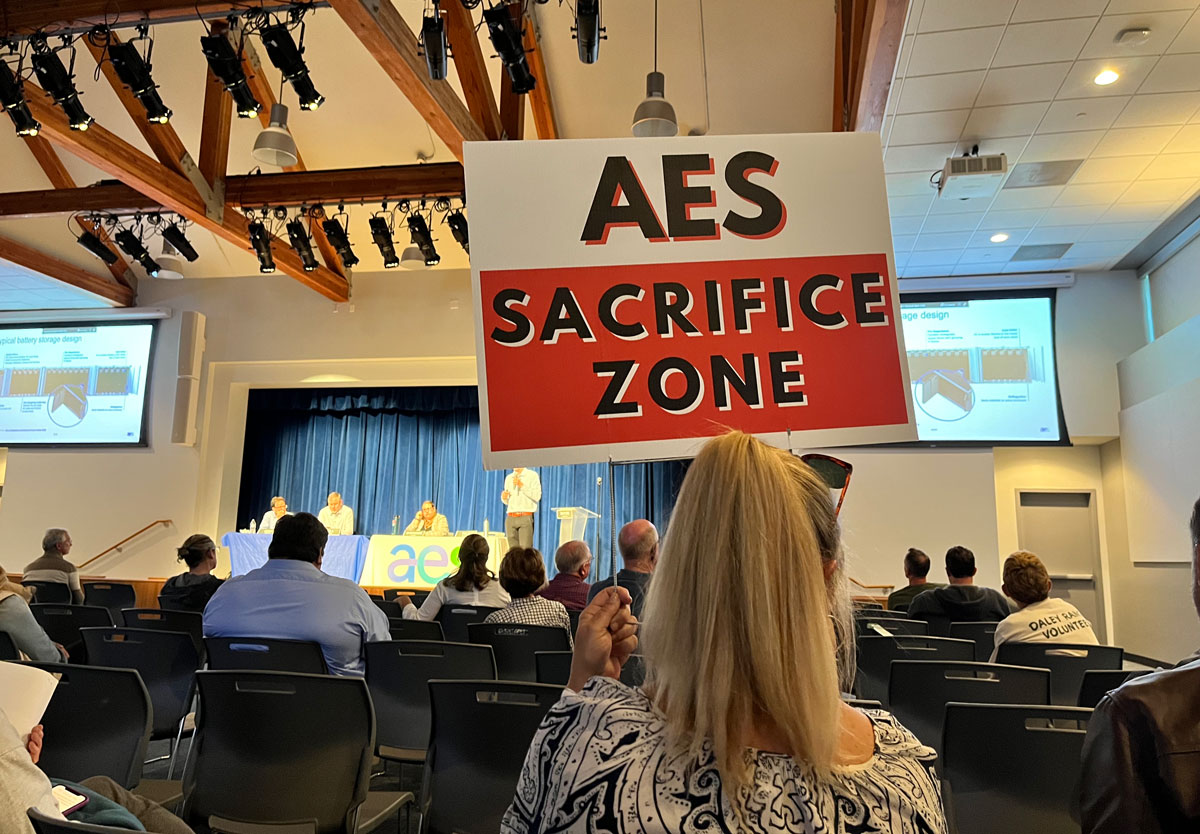
Lead project developer Max Guarniere emphasized that the project would be a huge benefit for the region, filling a gap in the power supply during extreme weather events. He also noted the facility would put the region and the state as a whole a step closer to meeting renewable energy goals.
“The San Diego region has stringent clean energy goals to be 100% carbon free by 2035,” Guarniere said. “The battery storage facility is going to help California and the San Diego region meet those goals.”
Guarniere also stressed that safety is a top priority for the company, noting several layers of protection, including having 8 to 10 personnel on-site during business hours and on-call, remote monitoring 24/7, close collaboration with local fire agencies, and standards and certifications aligning with the California Fire Code, National Fire Protection Association, and Underwriters Laboratories.
Additionally, the facility would have four stages of fire safety protection:
- A battery management system for electrical diagnoses and system isolation,
- Gas detection, power block electrical isolation and ventilation,
- Smoke and sensor-triggered fire suppression systems,
- Fire suppression and containment within the battery containers.
The project would feature metal storage containers approximately 8 to 10 feet in height that house racks of battery modules, which are meant for storing extra energy generated throughout the day and delivering it to homes during high-demand periods.
“We’re proposing lithium-ion batteries, which are no different than what you see in cellphones, laptops, and electric vehicles that play critical roles in providing reliability and flexibility to give you power in extreme weather events,” Guarniere said.
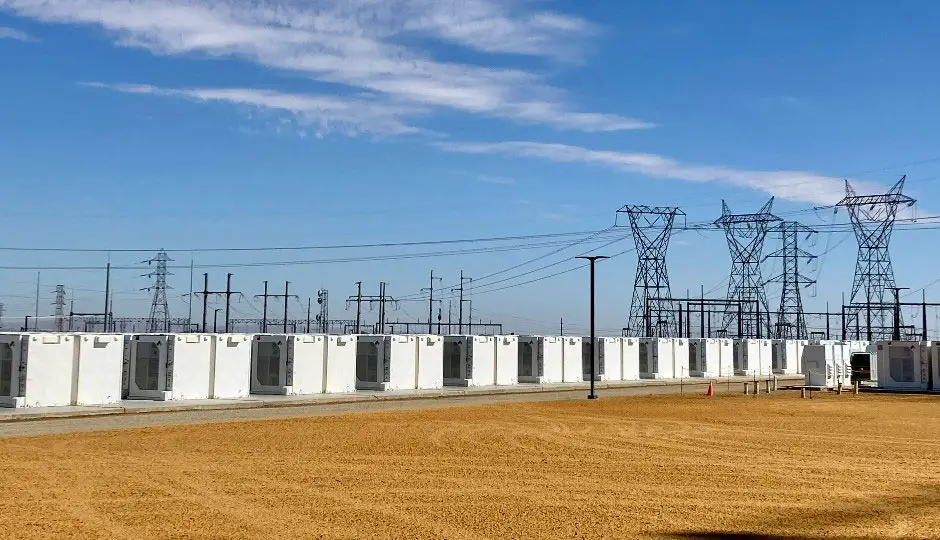
According to Guarniere, AES has learned from past mistakes in the industry and improved its operations to be safer and more reliable.
“We’ve been operating battery energy for over 15 years now; it’s come with many lessons learned along the way,” Guarniere said. “We really believe we have helped shape the industry and improve it for the better, primarily in terms of the safety and performance of those facilities.”
Many also fear the project will depreciate the value of their properties and could invite other outside threats to target the community and region as a whole.
“AES presented factual data (not yet verified) on sales tax revenue but failed to present data showing depreciating property values, increasing insurance rates, or lost property tax revenue to the county,” Bedard stated. “The Department of Justice has stated that a battery energy storage system of this size is a prime target for cyber security and terrorist attacks. AES is depending on their cyber team to protect the system.”
Residents have started collecting signatures to petition against the project. Bedard told The Coast News that nearly 70 signatures were gathered in a two-hour window on Saturday, March 23.
AES has applied for a major use permit from the county and is currently in the process of developing its environmental impact report (EIR) as required through the California Environmental Quality Act. AES officials indicated they hope to complete the EIR in the next few months for public review.
The next workshop is scheduled for April 17 from 6 to 8 p.m. at Del Lago Academy at 1740 Scenic Trail Way in Escondido and will cover battery energy storage safety.

